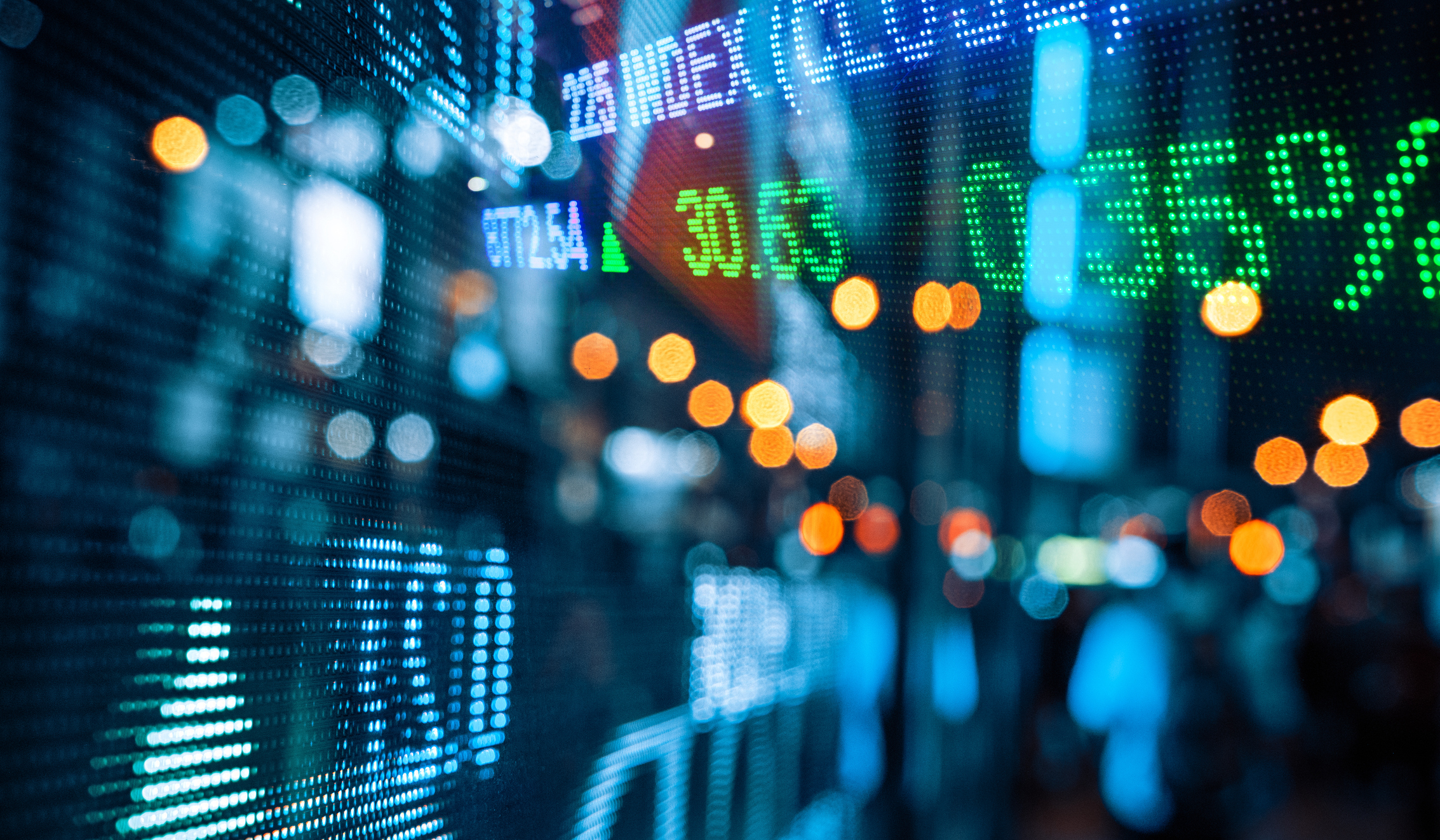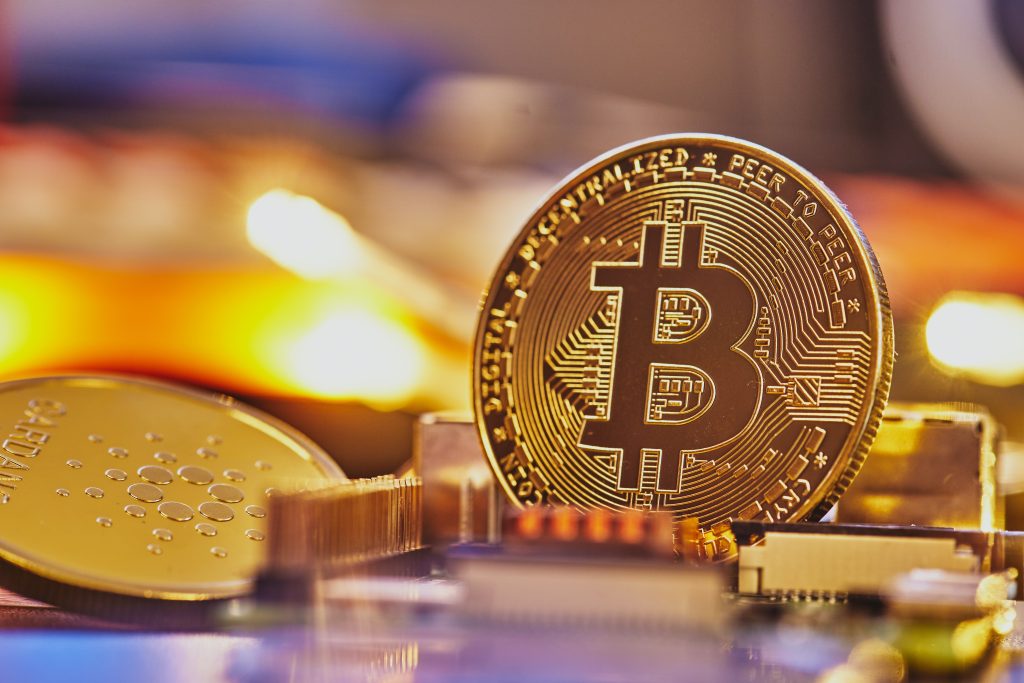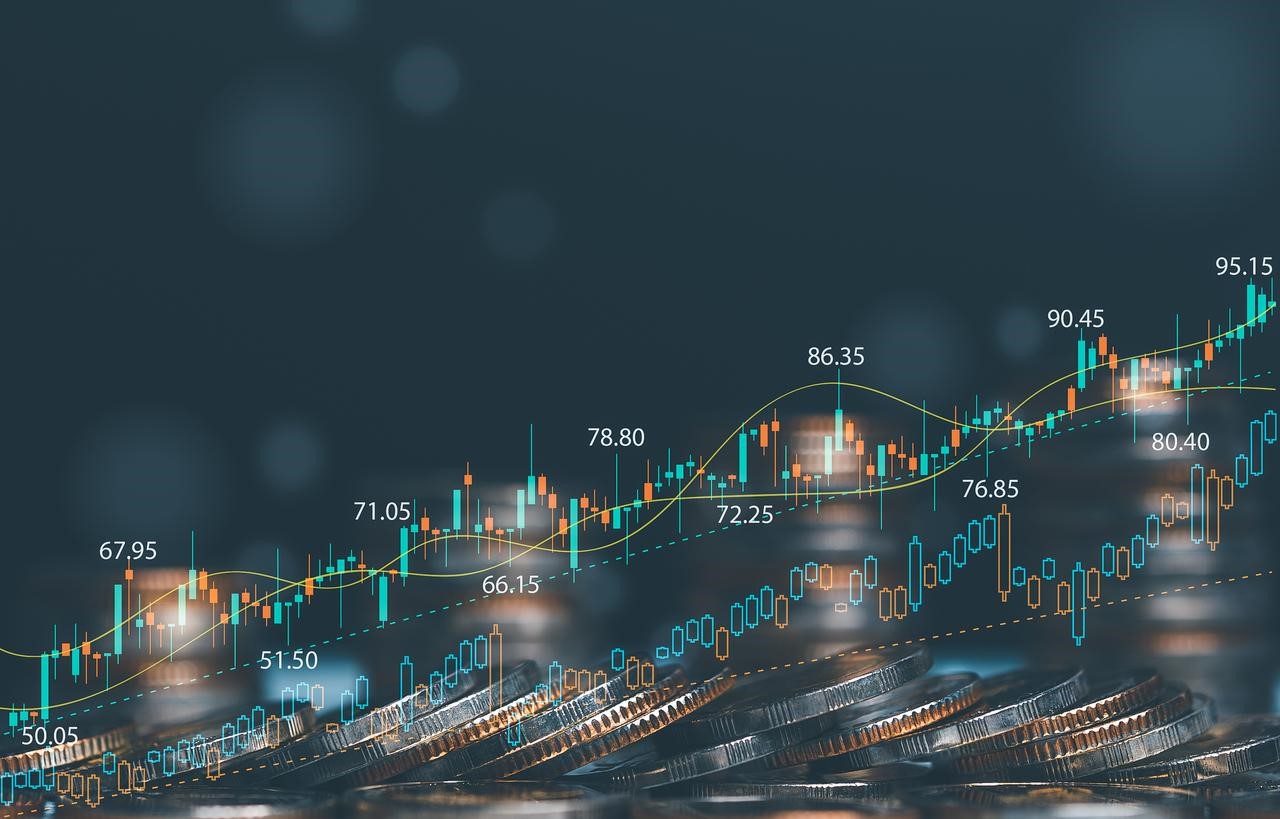What is the general outlook for international capital markets between now and mid-2023? The only good news is two-sided. Stocks and most other primary asset classes are sinking, while a few energy commodities continue to outperform nearly every investment-grade instrument in existence. Here’s the overall picture for the balance of 2022 and the first two quarters of next year.
Stock Indices
Looking at recent history is not a reliable indicator of how the world’s major stock indices will perform for the rest of this year and the early part of next. That’s because of the unique impact of the COVID pandemic on all capital markets. Technical trends show no sign of relief at least until November or December. After that, it’s possible there could be a months-long correction through mid-year.
The Euro and the US Dollar
Since early 2021 the euro has been in deep trouble. Now, as it nears parity with the US dollar, forex enthusiasts wonder if it’s bottomed out. If you’re doing business with a regulated forex broker and trade the pair regularly, look for EUR/USD to continue to tank, with a potential bottom somewhere just below the parity notch. If and when the euro reaches a value of $.97, there could be a rebound to a point slightly above the $1.00 mark by April. Or, it could outperform the technical analysis and improve swiftly. Forex markets are especially sensitive to events and political situations, so it’s important to follow price changes closely.
Inflation
The rate of worldwide inflation had been on an almost constant upswing since the early months of 2021, immediately after the COVID pandemic arrived on the scene. But, for the past few months, particularly in Q2 of 2022, it has been easing off the long upward march. After much intervention by central banks, it appears that all the high interest rates have finally taken their toll on raging price increases.
It’s important to note that while a decrease in inflation simply means that prices are not rising as quickly as before, it’s still a positive sign. There’s no single number that fits all the developed economies, but 8% is a figure that serves as a realistic average of the international rate. What is the potential for improvement? Look for further drops, perhaps to the 4% mark by mid-April of 2023, as a direct result of continued central bank intervention.
Natural Gas, Petroleum, and Gold
All three benchmark commodities, with the possible exception of gold, are set for a strong year ahead. Considering that much of the bump in energy commodities was due to short supplies resulting from the Ukraine-Russia war, all the energy-based asset classes could outperform most other segments in 2023. In both the US and Europe, strict laws about fracking, and the extraction of natural gas from the earth, have caused a weakening supply and sent prices upward.
Global NECs (Non-Energy Commodities)
The NECs began 2022 in good shape, rising to a peak in March and April. Since then, possibly pushed by the Russian invasion of Ukraine as well as an international surge of inflation, the non-energy commodities began to tumble. The bad news lasted from May all the way until the beginning of Q4. What’s next for the index? There appears to be a consensus that more trouble is ahead for the NECs, which don’t include oil or natural gas.
It will surprise no one if the sector continues its freefall through May of 2023 or longer. The World Bank issues a regular report on the NEC index, which hit a high of 140 in April but fell to the 115 mark by September. In raw numbers, the bank’s report could see the NEC sink to just above the 100 level by mid-2023.
The Ukraine-Russia War
The big question mark for 2023 is the Ukraine-Russia war. If it continues into January, expect the commodities markets as well as equities indices to respond. The effect of the conflict has been especially strong already in terms of the price of petroleum, natural gas, and several other core global energy and non-energy resources. Additionally, foreign exchange enthusiasts will be interested in how the long-term effects of the war impact the strength of the ruble, Russia’s currency.
So far, the ruble has shown unexpected strength for a number of reasons, particularly the nation’s vast stores of petroleum. When and if the situation gets worse at home for the Russian economy, the national currency could begin to falter. While it’s not one of the world’s major currencies, a weak ruble could have a domino effect on other areas of the forex universe.








Add Comment